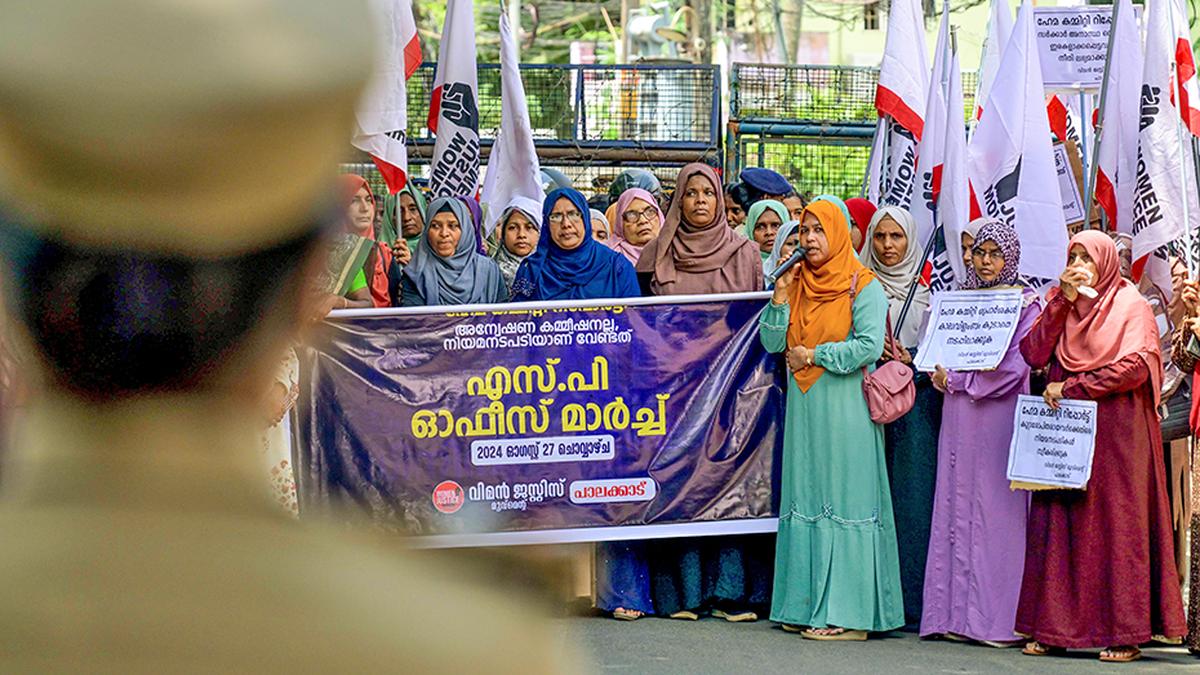The country is currently witnessing a rare resilience in civil protest, mounted against the rape of a resident doctor in Kolkata’s RG Kar Hospital. While CBI grapples with evidence tampering and polygraph tests, Sandip Ghosh, the Principal of the medical college, has been arrested for corruption. Amidst the furor against the police and government, the incident also brought forth the question of women’s safety at the workplace – especially at night. The healthcare sector cannot make do without night duties. So, what of the doctors on duty? What about healthcare workers?
Immediately after Bengal’s case came under the limelight, IMA took cognisance of the situation and called for a nationwide protest.
Immediately after Bengal’s case came under the limelight, IMA took cognisance of the situation and called for a nationwide protest. Along with that, it conducted a survey that revealed that one-third of the respondent doctors, mainly women, reported feeling “unsafe” or “very unsafe”. The study was conducted amongst 3,885 doctors – the largest survey of its kind. Another significant detail about the sample size is that 85 percent were under 35 years old, and 61 percent were interns or postgraduate trainees, with women making up 63 percent of the sample. The survey only scrapes the tip of the iceberg that hosts the huge network of healthcare workers – interns, doctors, nurses, and more.
Lack of access to infrastructure and safety: doctors respond to IMA survey
The case that has shaken West Bengal and the nation took place in the premises of the hospital, to a postgraduate trainee, in the seminar hall that also doubled as a resting room for doctors on night duty. Questions arose about the facilities available for the comfort and safety of the doctors and workers working the graveyard shift. Unfortunately, the phrase is not just a literary whimsy anymore as this shift leaves women workers especially vulnerable, even in public utility spaces like hospitals and nursing homes.

The survey conducted by IMA further indicated that doctors aged 20-30, mostly interns and postgraduates, reported the lowest levels of safety. There was also a general indication that hospitals provided limited access to a duty room during night shifts for doctors. This had a direct correlation to the respondents’ sense of safety. Around 45 percent of respondents lacked access to a duty room, while those who had access to the same felt safer. Infrastructural safety is important in a space like a hospital that is both an organised utility area while also accessible to a wide range of public entities.
Besides the survey there have been many voices from this sector, around the country, raising issues concerning workplace conditions. Not only are sufficient space for rest unavailable, but even toilets seem to be out of order or locked for many doctors working the night shift at hospitals.
It is not only heartbreaking but enraging to realise that hospitals across the country are struggling to provide the basic amenities to their service providers.
We know that a built environment cannot provide safety by itself but it is the basic foundation to be able to create opportunities for privacy and safety. It is not only heartbreaking but enraging to realise that hospitals across the country are struggling to provide the basic amenities to their service providers. So what gives? Are we not making a profit in this sector?
Story of two countries: one prosperous, another haggard
India’s healthcare sector reflected 12.59 percent growth in the Financial Year 2024-25. The development includes substantial investment in infrastructural development. The hospital market, valued at USD 98.98 billion in 2023, was also expected to grow significantly. With a projected CAGR of 8.0% from 2024 to 2032, the market is anticipated to reach USD 193.59 billion by 2032.
In the same year 2023, a case study of a hospital in Nanded revealed structural incompetency in the Indian hospitals. Anyone who has visited a government hospital in this country can paint an almost identical picture of an overloaded system that is struggling with space and infrastructure.

One would imagine we are discussing two different Indias – one haggard country where doctors struggle to find a safe place to rest their heads or answer nature’s call, another prospering country that is at the helm of both profit and development in the healthcare sector. As usual, the question of priority comes forward. If we cannot save our doctors and healthcare workers, what is the point of state-of-the-art machinery for patients? Shiny facades cannot hide a rotten core. The public secret that also explains the incongruent pictures is corruption – the money that is circulating in this sector seems to be filling the pockets of powerful stakeholders.
According to capitalist logic, we should tend to the parts of the machine that print money. The healthcare sector stands on the shoulders of its providers. But we are unable to provide a safe and comfortable work environment to them. According to “An Unbalanced Scale: Exploring the Female Leadership Gap in India’s Healthcare Sector” report by Dasra, 29% of doctors are women and 80% of nursing roles are filled by women.
Additionally, there is a significant lack of women in leadership roles – like in executive and board levels.
Additionally, there is a significant lack of women in leadership roles – like in executive and board levels. The report also observed that women were earning 34% less than their male counterparts. Feminist discourse has time and again emphasised that the inclusion of women in the workforce is the way to create more inclusive policies and systemic change. Women create the foundation of the healthcare sector yet their absence in the C-suite shows the systemic discrimination, which trickles down to the basic safety and support for women workers in this sector.
Quick-fixes, neglected healthcare workers: need for intersectional research
The IMA survey report followed a list of suggested measures – increasing the presence of trained security staff, installing CCTV cameras, ensuring adequate lighting, enforcing the Central Protection Act (CPA), limiting the number of bystanders, setting up alarm systems, and providing secure duty rooms with locks. The West Bengal government, facing extreme heat from civil society and their political opposition, also hurried to list their suggested measures which included a guideline on minimising night shift for women.
While IMA’s directives seem like obvious provisions that should have been in place, the West Bengal government’s guidelines and measures feel like a poor and regressive bandaid on a festering wound. Activists around the country have criticised this suggestion as women try to increase their active participation in the workforce and not retreat in fear.

It is important to also note that while we listen to the grievances of doctors working at hospitals, they are the elite workers in the organisational hierarchy. On August 20, the Supreme Court established a 10-member National Task Force (NTF), chaired by Surgeon Vice-Admiral and Director General of Medical Services (Navy), Arti Sarin, to develop guidelines aimed at ensuring the safety, security, and well-being of doctors and healthcare staff in hospitals across India.
Several associations of nurses and a patient representative have written to the Chief Justice and health ministry seeking representation in the task force. In two prominent instances last month, a lab technician was held for raping a nurse over 21 years in Uttar Pradesh, and three including a doctor held for raping a nurse in Uttar Pradesh private clinic. The intersection of caste and class in this rung of the service sector is also a determining factor in how the media and law enforcers handle the cases. A demand for a safe workplace for women should not be a study of the space by doctors alone but must include the voices from every section of the healthcare sector.
About the author(s)
She/they is an editor and illustrator from the suburbs of Bengal. A student of literature and cinema, Sohini primarily looks at the world through the political lens of gender. They uprooted herself from their hometown to work for a livelihood, but has always returned to her roots for their most honest and intimate expressions. She finds it difficult to locate themself in the heteronormative matrix and self-admittedly continues to hang in limbo




